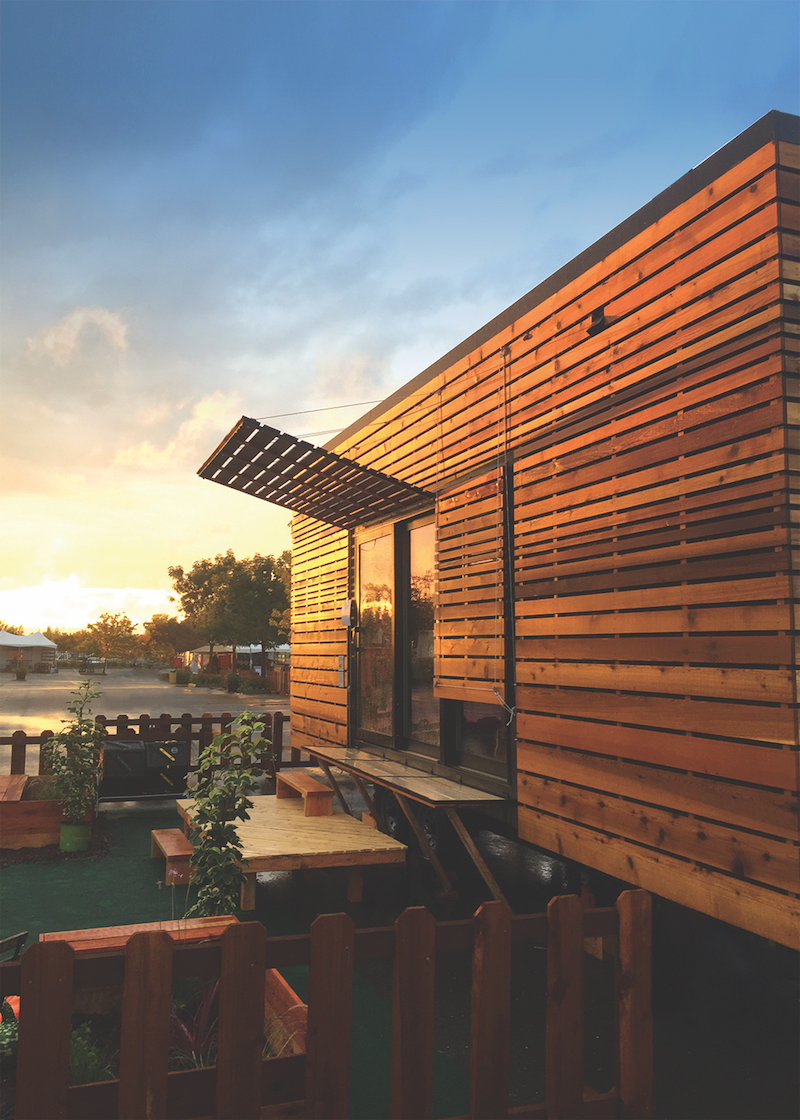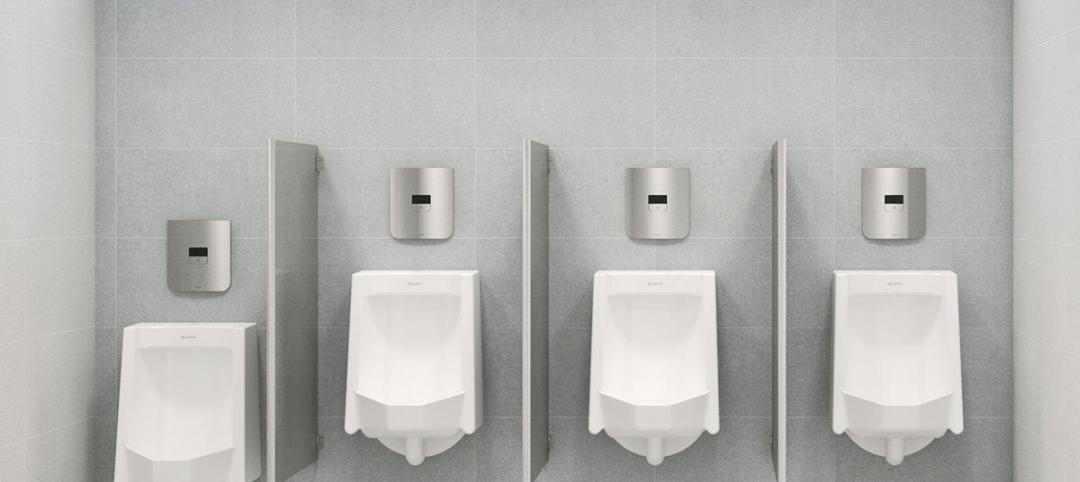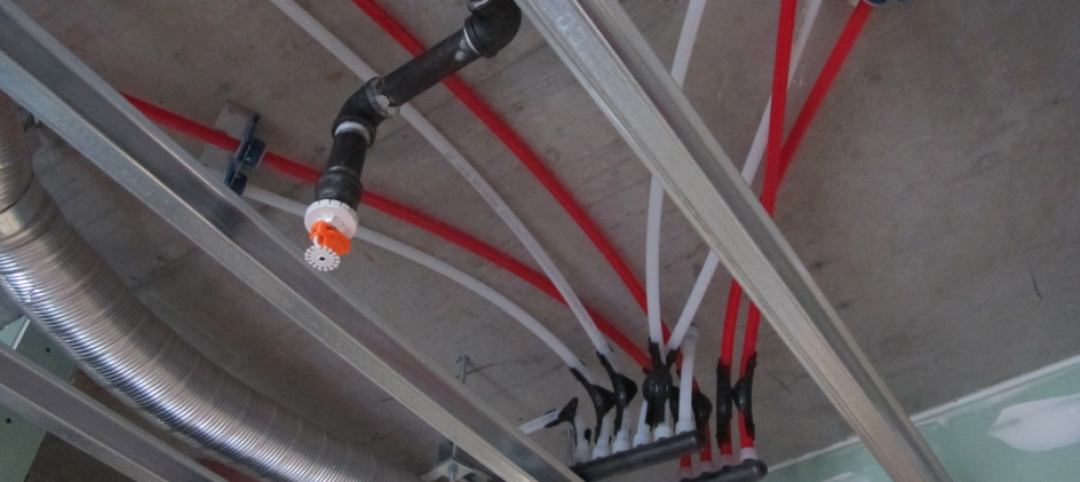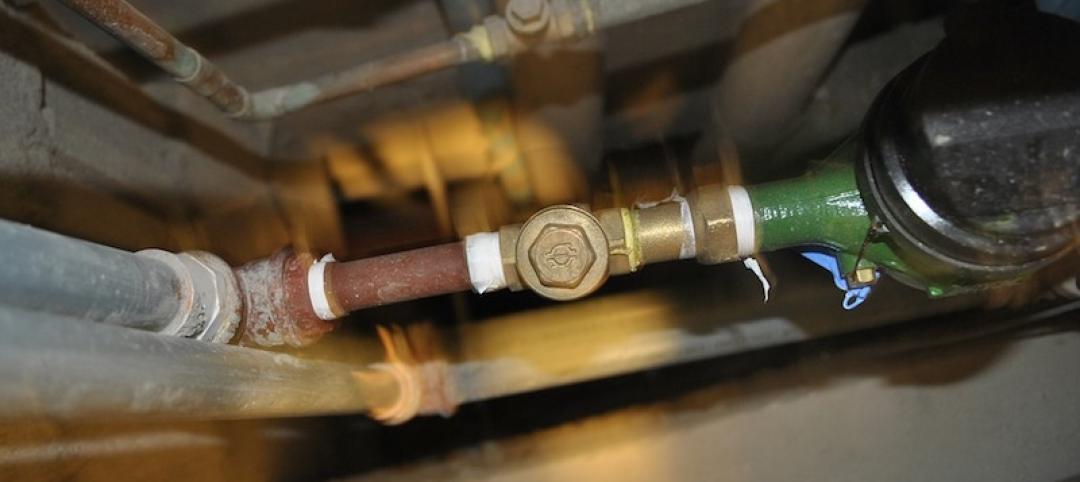The tiny-house craze is huge – TV shows, blogs, daily articles in the news and websites are dedicated to the trend. Now Viega has a hand in it, too – contributing to a tiny-house competition in California. The team from University of California, Berkeley, utilized different Viega products and finished second in the competition, pulling in some other awards as well.
Viega is a member of the Center for the Built Environment (CBE), a UC Berkeley-sponsored scientific research partner, so the collaboration on the tiny house grew from that relationship. Students from the CBE formed a team to compete in the tiny-house building competition, and Viega came on board as a sponsor of the entry, providing products, loaning tools and giving some advice to what became a very successful venture.
The Berkeley team wanted their tiny house to be completely off the grid, able to produce its own energy and use as little water as possible. With efficiency in mind, the team worked to create a system to recycle as much water as they could for a second use.
Laney Siegner, in her third year of the Energy and Resources group PhD program at Berkeley, was one of the project managers and led the design of the water and wastewater systems.
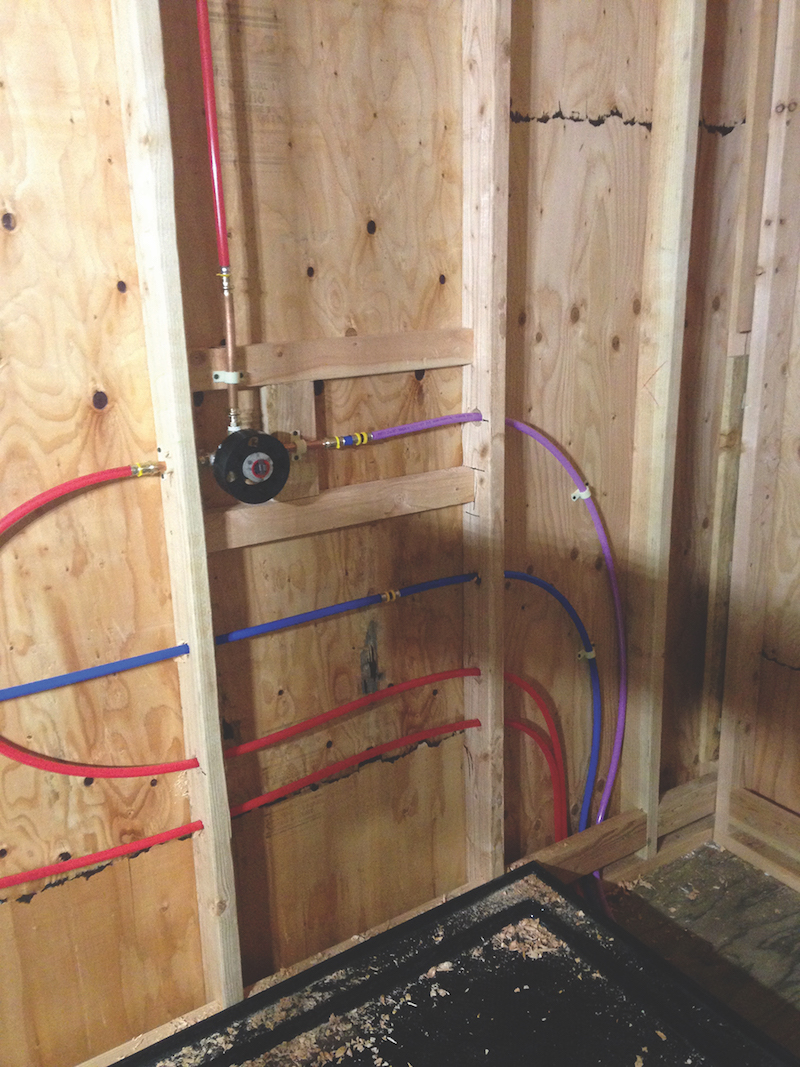 The team used the Viega PureFlow system.
The team used the Viega PureFlow system.
“Our concept was to pump the greywater to planter boxes on the back end of the trailer/house and then filter it through the planter boxes, through a UV disinfection light, and then recollect it as filtered greywater,” Siegner said. “Our highly ambitious goal was to get the water back to potable, but we couldn’t quite achieve that. We did a lot of testing on it, and there was still a little turbidity, but we determined it was okay for several uses.”
The team made good use of the Viega PureFlow system, installing PureFlow PEX in red and blue for hot and cold potable water, and also purple for reclaimed water, as well as PureFlow Press Polymer fittings. The PEX in ½" and ¾" was utilized on the project, and the team was also able to use a ManaBloc in the mechanical room. They chose to cover it with clear plastic, so the plumbing is still visible in the completed home.
The PureFlow PEX products played a big role in the whole water system, with lots of tubing used not only for hot and cold water output, but to move the greywater through the recycling system.
The idea impressed the judges of the competition, and Berkeley’s team won the award for water conservation, as well as for overall sustainability.
“Viega’s support was essential and extremely important for the success of our project,” said Caroline Karmann, a PhD candidate at Berkeley who served as architect for the tiny house. “The high quality of Viega’s products has been a key aspect in the functionality of our water systems, which is unusual and complex since we are off-grid. We were profoundly lucky to have this collaboration with Viega.”
Read more about this project here.
Related Stories
75 Top Building Products | Dec 16, 2019
Top Plumbing Products for 2019
Sloan's CX Flushometer and Zip Water's HydroTap are among the eight plumbing products to make Building Design+Construction's 2019 101 Top Products report.
Plumbing | Nov 5, 2018
Free webinar: Maximizing PEX piping systems in hospitality applications
Join BD+C and Uponor's Daniel Worm on Wednesday, November 7 (2pm EST) for this webinar on the use of PEX pipe in hospitality projects.
Codes and Standards | Oct 17, 2018
Philadelphia plumbing code will now allow for more use of plastic pipes in high rises
Of the 50 largest U.S. cities, Philadelphia is one of just six that still require metal pipes.
Sponsored | Plumbing | Jul 16, 2018
Committed to green-building practices and efficient radiant installations
It took five months for three dedicated crew members plus one runner to install 138,000 feet of PEX tubing with the Radiant Rollout Mats.
Sponsored | Plumbing | Apr 17, 2018
New uses approved for Wyoming schools
Don Haught and his team at Valley Plumbing have been using Viega since the early 2000s. He said the products are quicker to install, and he appreciates the 'much cleaner look than brazing.'
75 Top Building Products | Mar 23, 2018
101 Top Products: Plumbing 2018
Among the best plumbing products included in BD+C's Top 101 Products report are Kohler's HighLine 1.0 GPF Toilet, Chicago Faucets', EFS Hand-Washing Station, and Gerber's PeeWee Children's Toilet.
Sponsored | Plumbing | Mar 2, 2018
Viega products help project come in under budget with time saved
Braconier Mechanical and Plumbing uses additional Viega products on expansion project at Aims Community College, bringing project under budget with saved time.


